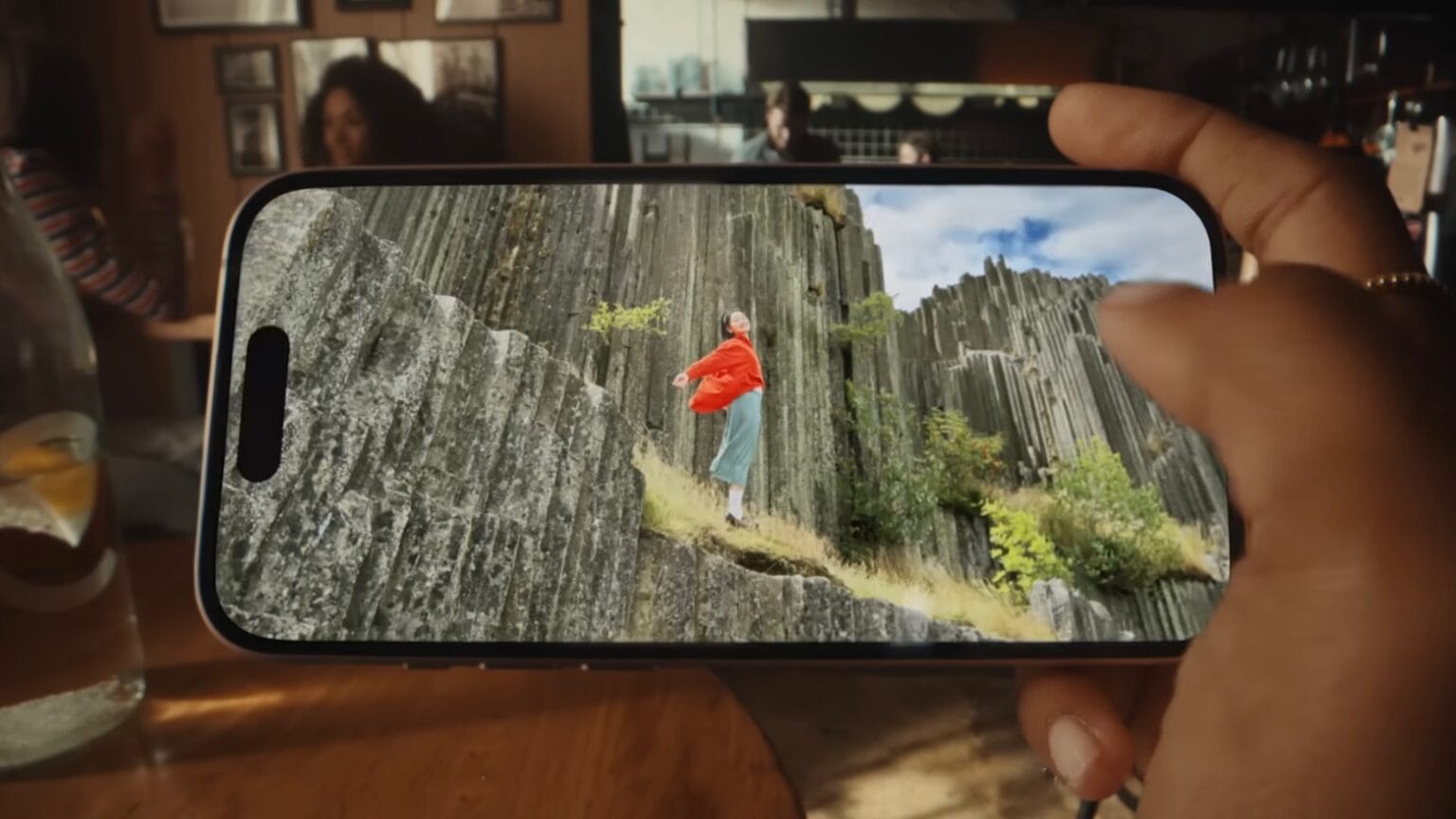[ad_1]

Screenshot: Apple
Apple could give the iPhone 17’s display a big anti-reflective update. A new rumor says that the 2025 iPhone might feature a “super-hard anti-reflective layer,” which is also more scratch-resistant.
Seemingly, Apple will use a new layer of coating on the glass to reduce the reflection and increase scratch resistance.
Corning could be behind iPhone 17’s new cover glass
iPhones currently use Ceramic Shield glass. Apple markets it as “tougher than any smartphone glass” with up to 4x better drop performance. While impressive, Samsung and Corning recently surpassed Apple’s offering with Gorilla Glass Armor.
The Galaxy S24 Ultra features Corning’s Gorilla Glass Armor. It uses a new coating that claims to reduce reflections by up to 75% and has a significant real-world impact. Tests also show that the glass is more scratch-resistant than Gorilla Glass Victus 2. No other Android phone features the new Gorilla Glass Armor panel, but this should change in the next few months.
Based on the leak from Chinese leaker Instant Digital (via MacRumors), Apple plans to use a similar display coating technology on iPhone 17 in 2025. Since the company’s supply chain partners have recently received the coating equipment, the enhanced cover glass will debut on the iPhone 17 and not on the iPhone 16.
Apple has heavily invested in Corning since 2019
Apple has close ties with Corning and invested $250 million into the company in 2019. This was followed by another $45 million in funding in 2021 to expand its manufacturing and help with research and development.
Every new iPhone ships with a brighter OLED panel. A superior cover glass with better anti-reflective properties will help you enjoy the brighter panel in all its glory. The improved scratch resistance should help reduce micro scratches, a welcome improvement if you prefer not to apply a screen protector to your iPhone’s screen.
However, the leaker says the new anti-reflective coating negatively affects the oleophobic coating. It reduces its effectiveness, leading the display to show finger oil after a year of use. Apple could use a stronger oleophobic coating on the iPhone 17 to circumvent this issue.
[ad_2]
Source Article Link

